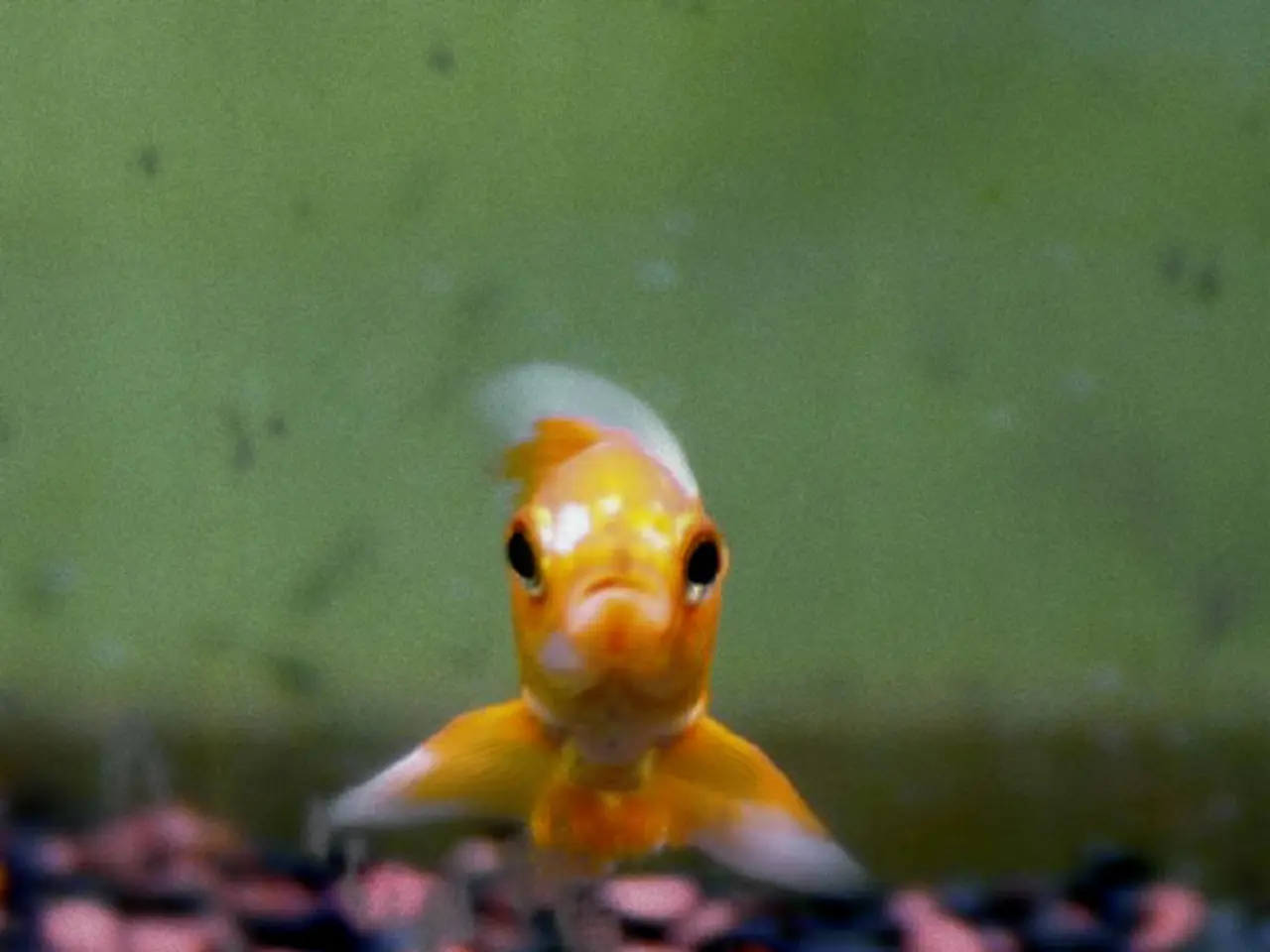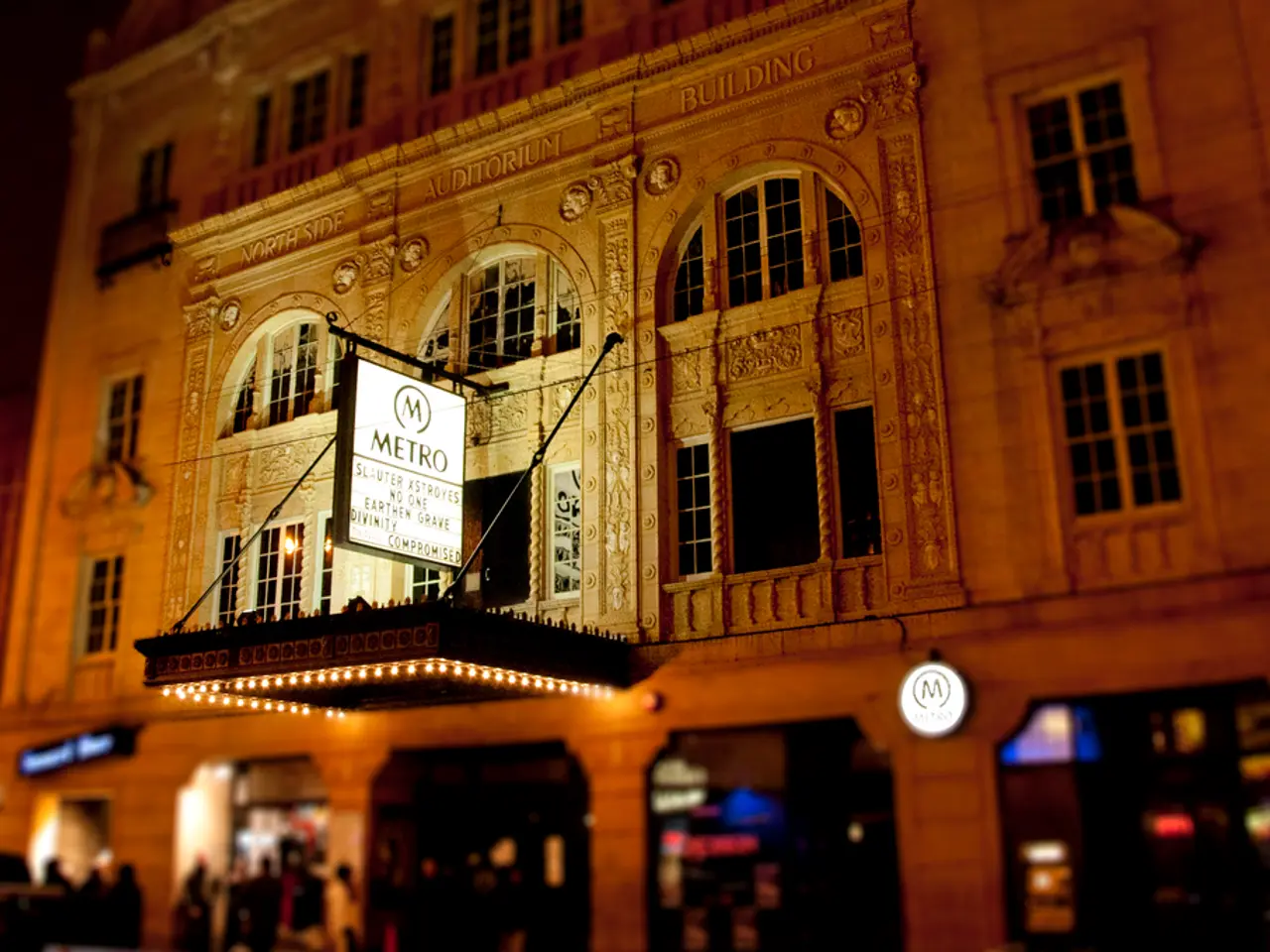The brief time at the flower show is thrilling, but it's the garden's history that genuinely stirs our passion: What becomes of the gardens post-Chelsea Flower Show.
Sustainable Evolution at the RHS Chelsea Flower Show
For over three decades, James Alexander-Sinclair has been an integral part of the RHS Chelsea Flower Show, designing his first garden in 1993. His initial experience, while emotionally rewarding for the public, did not quite resonate with the judges. Nevertheless, the subsequent years have seen significant transformations in the show's approach to sustainability.
Historically, the breakdown of gardens after the event was a painful, wasteful process. Garden teams were tasked with removing all debris and returning the site to a grassy plain. Today, however, measures have been taken to minimize waste, with 98% of show waste now being recycled.
One of the significant changes has been the introduction of a policy that requires all exhibited gardens to have a final destination. This has transformed Chelsea into a temporary stop for gardens, with their trees, structures, and ideas continuing their journey to benefit various organizations.
Several notable examples include the garden designed by Joe and Laura Carey in support of Talitha Arts. Transferred to St Margaret's House in Bethnal Green, London, the garden now thrives as a daytime café garden and an evening/weekend venue for performances, local events, and therapeutic sessions.
Hospitals have also become popular recipients of rehomed gardens, as they cater to a broad audience and the power of gardens in uplifting patients is well understood. For instance, the 2023 Best in Show-winning garden, designed by Charlotte Harris and Hugo Bugg for Horatio's Garden, has been relocated to the Northern General Hospital in Sheffield.
Project Giving Back, a recent initiative, has also made a significant impact. Since its inception in 2017, this program has supported over 60 charities by sponsoring gardens at various RHS shows. These gardens are later rebuilt to serve their chosen causes.
The increased emphasis on sustainability extends beyond the rehoming of gardens. The show has implemented a "no foam" policy, forbidding the use of non-biodegradable floral foam in displays. Additionally, there's a strong emphasis on using seasonal and locally sourced flowers and plants.
These changes underscore the RHS's dedication to responsible stewardship and sustainability. Beyond providing a platform for horticultural excellence, the RHS Chelsea Flower Show now serves as a stepping stone for gardens that continue to inspire and benefit others.
James Alexander-SinclairAs a garden designer, journalist, author, speaker, podcaster, Fellow of the Society of Garden & Landscape Designers, RHS Vice President, Gardens Judge & Ambassador for Garden Design, James Alexander-Sinclair's impact on the horticultural world is undeniable. To learn more about his work, visit jamesalexandersinclair.com.
- James Alexander-Sinclair, a respected figure in the gardening world, is not only a garden designer but also a journalist, author, speaker, and advocate for sustainable living, with a particular focus on garden design.
- In line with the RHS Chelsea Flower Show's shift towards sustainable living, James Alexander-Sinclair's designs could potentially focus on home-and-garden solutions that align with this philosophy, contributing to a lifestyle that values eco-conscious practices and sustainable gardening.







